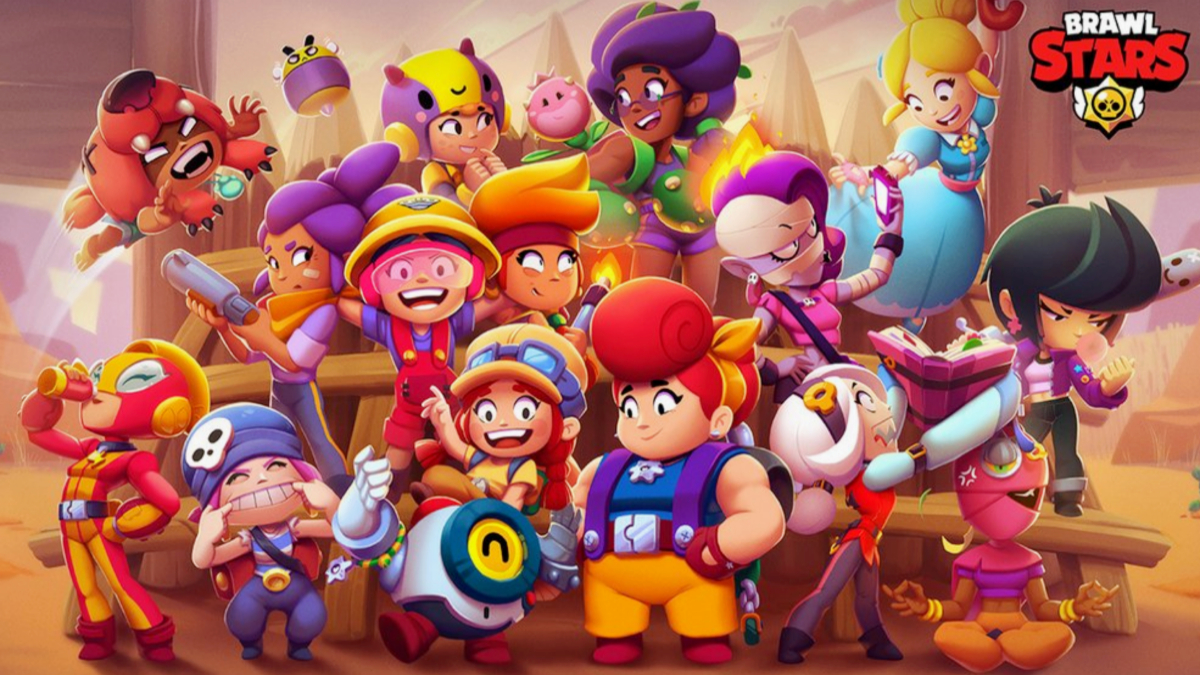I must admit that it took me a while to understand the overwhelmingly positive reception that Divinity: Original Sin II (DOS2) has gathered. It was quickly apparent that it’s a well-written game featuring once-unthinkable co-op and an extremely rewarding combat system emphasizing clever terrain effects, but all of that was present three years ago in its predecessor; surely reiterating that doesn’t earn Game of the Year buzz? I thought its remarkable open-endedness might have tipped the scales, as multiplicity is often a shortcut to critical acclaim.
I even considered the motivation to be almost political – that is, regarding the politics of video games rather than politics in them. A Kickstarter darling that stayed a Kickstarter darling, and one that’s hardcore without being obnoxious about it, was bound for greatness if only to send developers a message. True appreciation for the game only emerged as I delved deeper into the mechanics and additional modes, until around the 25-hour mark, I realized I had seen and done more interesting things in the first act than most RPGs achieve in their entire running time.
While most games eventually have to make a choice between quality and quantity, the development theme of DOS2 seems to be “quality despite quantity.” The campaign is lengthy – easily pushing the 80 hours that are for some reason considered the target for Western RPGs – but it doesn’t reach that point with endless fetch quests or an insanely huge overworld. It reaches it by taking its time and squeezing all possible content out of its combat and setting.
Standard skirmishes here span the duration of boss battles elsewhere, and the boss battles here would be gruelling marathons if they weren’t so entertaining. Compounding this is that while health is easily recovered out of battle, that’s not so true within it, so unless you’re playing on Explorer difficulty, stupid mistakes will quickly ruin plans, necessitating heavy micromanagement prior to enemy engagement. It generally feels like more is being accomplished compared to the inconsequential grind of the average RPG, even if a “game speed” option probably wouldn’t go amiss.
The largest change made to the combat of the first Original Sin is an overhaul of the armour system. Characters have both physical and magic armour, which, instead of reducing damage, will take the brunt of their respective damage types before the character’s health can even be touched (excepting a couple of rare damage types that target health directly). That still wouldn’t be particularly unusual, except for one thing: armour blocks everything, including status effects. Those skills that knock enemies down or set them on fire are incredibly useful, but you need to deal a certain amount of damage before they can be used.

It’s a minor change that has a huge impact on overall strategy, because the enemy AI is adept at targeting a party’s weaknesses, so players must make sure there are as few as possible. There were some Early Access grumblings about the system favouring melee characters with heavy armour, but that’s mainly only true of the early game. The imbalance is addressed as the campaign goes on, to the point where hybrid specialties are not just valid but practically required for a team to be ready for any opponent.
The features that made the combat so gripping in the last game return here, primarily the terrain system, or as I like to call it, the Everything Is On Fire system. It seems straightforward on paper – battles inevitably generate swathes of fire, smoke, water, ice, oil, and poisonous ooze, which affect and are affected by the carnage around them in predictable ways – but it’s enlivened with a myriad of clever variations. Surfaces can be blessed or cursed to augment their effects, and summoned creatures take on attributes of the surface they’re created in, for example.
There are a fair number of new and unique skills available to players as well, such as one that heals by absorbing nearby blood surfaces, and an entire family of skills dedicated to animal transformations. All of this is just a fraction of the options on hand, so suffice it to say that combat in DOS2 is complex. Interestingly though, that appears to be its only source of difficulty. There’s minimal chance involved, and no particularly unfair matchups. It’s like a playable rulebook, where the goal is simply to learn to exploit those rules better than the AI.
Traditional quest completion is unexpectedly involving, as well. The player is only occasionally given an exact location for their objectives, frequently injecting the experience with a healthy amount of exploration. Several questlines weave in and out of each other, particularly those concerning the controllable companions, who often have their own conflicting agendas to deal with. Such a conflict doesn’t happen without consequence, however, and it’s entirely possible for one character’s quest to prematurely end another’s. That might sound frustrating for completionists, but it’s hard to deny the sense of reality that it engenders.
This feature also ties in to what is perhaps the strongest selling point of both Original Sin games: cooperative play. As bizarre as it sounds to include such a thing in a turn-based, open-world RPG, the final product works remarkably well. By dividing control of party members and removing the need to travel as a pack, players can drastically reduce the amount of individual micromanagement required and make alternative builds like stealth more viable. Disappointingly, in conversations with NPCs, only the player that triggered the event has any input, but this at least reinforces the minor theme of blurred lines between playable and non-playable characters.

If the standard co-op wasn’t enough to trigger exclamations of “Why has no one thought of this before?” there’s also Game Master mode. Similar to the DM Client from Neverwinter Nights but with scale sacrificed for flexibility, it supports up to four players plus a fifth functioning as game master. It can be thought of as a visualization of a tabletop roleplaying game that uses the mechanics of DOS2. It’s primarily built on community-made mini-campaigns, where the existing systems and scenarios can be augmented with virtual die rolls and on-the-fly creations of the game master, and it can accommodate an incredible range of player actions and suggestions.
Rounding out the list of multiplayer features is a PVP arena mode. It’s by far the weakest of the three options, as there’s very little variety (teams can only be composed of four premade characters, for example), but it’s not like its inclusion makes the game any worse. In fact, I’m consistently amazed that a studio of Larian’s size was able to stuff their product with as much content as they have. Game Master mode could probably be repackaged as a standalone title, and the sprawling, organic campaign would be challenge enough for most developers even without the surprisingly functional co-op.
Very little seems to have been sacrificed to make this project a reality. The voice acting is far better quality than one would expect from a game with this much of it, and the accompanying soundtrack is usually excellent, although the basic battle music doesn’t actually communicate “battle” very well. Additionally, this may be the prettiest game of its kind (i.e. top-down CRPGs). It almost makes me wish it featured a first-person perspective, so as to get a closer look at the minute details and believable level design.
The visual design comes with some notable drawbacks, however. Most problematically, it is frustratingly difficult to differentiate between interactive objects, characters, and backgrounds. Particularly in the heat of battle, because, as previously mentioned, Everything Is On Fire, and enemies are only indicated with red highlights that completely blend in to the flaming ground. Terrain borders in general are a nuisance, as without the benefit of a grid layout, there’s no precise indication of where surfaces and character hitboxes end, so players will either have to take roundabout paths to guarantee safety, or risk accidentally walking into hazardous goo.
As complete as DOS2’s design vision is, it’s not perfect. The movement controls are, like most CRPGs, not its strong suit. Positioning characters correctly to perform backstabs suffers the same hitbox issues mentioned above, and trying to interact with small and/or moving characters and objects is like trying to play Duck Hunt with a malfunctioning light gun. Additionally, while the companions’ AI is exceptionally skilled at avoiding harmful terrain, it works too well and will simply refuse to budge in situations where crossing a hazard is required. It’s also totally disoriented by ladders and height changes in general.

The menu interface can be quite cumbersome, as well. I said earlier that very little was sacrificed to achieve Larian’s ambitions, but this is the exception. Situations like needing to interact with shopkeepers individually for each character are clearly a limitation being forced on the setup to accommodate multiple players. On the other hand, some issues arise merely from a lack of convenience options, like the inability to sort or customize the “hotbar” of available abilities, resulting in a jumbled, multi-tiered mess of items and skills.
Finally, the narrative brings an entirely new collection of highlights and flaws to the table. It concerns a group of Source magic users initially imprisoned by the fanatical Divine Order, which believes Source magic to be the cause of recent invasions by otherworldly creatures called Voidwoken. The companion characters are a great supporting cast, each with entertaining personalities and compelling sidequests to their name. The main plot is also excellent, featuring a handful of genuinely surprising turns and storytelling moments; for instance, the first time opposing factions are united by a mid-battle Voidwoken appearance is sure to leave an impression on players.
The main flaw with this arrangement is that it makes absolutely no sense in relation to the rest of the series. Supposedly DOS2 takes place between Divine Divinity and Beyond Divinity, but none of the details add up. The first Original Sin avoided questions like “Why were these people and things never mentioned before this?” by setting its plot centuries in the past. This sequel tries to connect the established lore with its distant relative while also adding its own major characters and events, and only ends up riddling the overarching plot with previously nonexistent holes.
Taken on its own merits, Divinity: Original Sin II may well be a classic. The campaign is a well-told adventure built on a deep tactical combat system that’s equally enjoyable when played alone or with others. Meanwhile, Game Master mode has the potential to keep groups of players entertained for hundreds of hours. But the true secret to the game’s appeal is not tied to any one feature. Its greatest strength is that its moment-to-moment play is consistently deep, organic, and inventive, which isn’t something easily quantified.
This review is based on the PC version of the game, which we were provided with by Larian Studios.








Published: Oct 6, 2017 03:18 pm